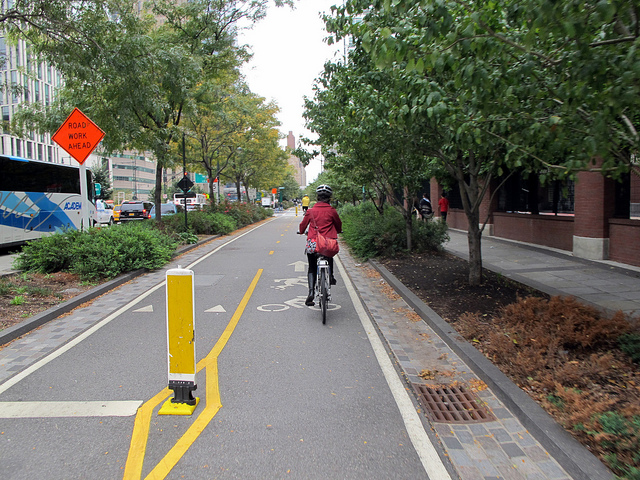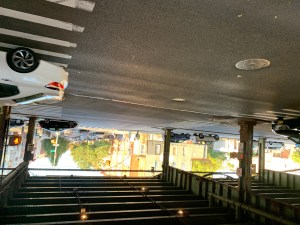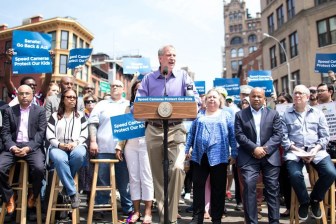ER Chief: NYC Needs More Speed Cameras and Bike Lanes to Reduce Traumatic Brain Injuries
The chief of emergency medicine at NYU Langone Hospital-Brooklyn says at least 15 percent of TBIs treated at Brooklyn hospitals annually can be attributed to traffic crashes.

Following the deaths of Neftaly Ramirez and Alejandro Tello, an emergency room surgeon is calling for more traffic-calming measures, including speed enforcement cameras and bike lanes, to prevent traumatic brain injuries in NYC.
In a Daily News op-ed, Dr. Nicholas Gavin, chief of emergency medicine at NYU Langone Hospital-Brooklyn, says at least 15 percent of 1,200 TBIs treated at Brooklyn hospitals annually can be attributed to traffic crashes.
“With the densest population in New York City, it is not surprising that the borough has the highest number of accident-related head traumas,” writes Gavin. “Its wide avenues are conducive to speeding — which, in turn, leads to serious accidents and horrific patient outcomes.”
Gavin says slowing motorists down should be the city’s number one traffic safety priority, and cites the lowered 25 miles per hour speed limit as an important step. Despite Vision Zero progress, however, reductions in pedestrian and cyclist fatalities have leveled off as the number of speed enforcement cameras allowed by Albany remains static. Gavin says the speed camera program should be expanded, and not just around schools.
There are other steps I would also recommend: We must improve lighting and street signage; create barriers to discourage jaywalking; install more countdown clocks at crosswalks; designate more bicycle lanes; and widen medians where pedestrians caught mid-crosswalk can wait more safely. This is particularly important in the outer boroughs.
Traffic crashes are the leading cause of traumatic injury at some NYC hospitals. Gavin recommends an increase in the number of health care facilities that are equipped to treat TBIs, to reduce the number of victims who suffer permanent damage.
It’s uncommon to hear a medical professional focus on crash prevention as a systemic issue. To the contrary, at traffic safety summits hosted by NYC hospitals in recent years, presenters tended to talk more about the behavior of people who are hit by motorists.
“As capable as ERs are at saving lives,” writes Gavin, “there is no substitute for prevention.”



